This simple bernoulli experiment will allow kids of all ages to understand how faster air meas less pressure and allows an object to fly.With just a piece of paper and straw children can make a ping pong ball float to understand about air pressure for kids. Try this Bernoulli principle experiment with preschool, pre-k, kindergarten, first grade, 2nd grade, 3rd grade, 4th grade, 5th grade, and 6th graders too. Try this fun physics experiment in just 5-10 minutes for an easy science experiment for kids!
Bernoulli’s Principle for Kids
Have you ever wondered how do birds and airplanes fly when they are much heavier than air? You’ve probably figured out that their wings are involved somehow….. Well back in 1738 a mathematician and scientist named Daniel Bernoulli studied this phenomenon and discovered that as air moves around an object, it creates different pressures on that object. Faster air means less pressure, and slower air means more pressure. Now we can use the Bernoulli principle for kids to understand why birds, airplanes, and in this experiment – our ping pong ball can fly. In this bernoulli experiment, children will create a floating ping pong ball by using Bernoulli’s principle! This air pressure experiment only takes a couple minutes, but is a fun and memorable science experiment to help kids understand this fascinating concept. Try this bernoulli principle experiment with preschoolers, kindergartners, grade 1, grade 2, grade 3, grade 4, grade 5, and grade 6 students.

Bernoulli’s principle experiment at home
To try this physics experiment for kids on energy you only need a couple simple materials:
- construction paper (any color)
- tape
- bendy straw
- ping pong ball
- scissors
- pencil

Bernoulli’s principle experiment
The technique for this energy experiment is simple, children trace a circle about 6″ in diameter on their piece of colored paper.

Physics experiments for kids
Then students will carefully use scissors to cut out the circle.

Floating ping pong ball
Next, cut the radius. If you recall from math class, the radius is the straight line from the center of the circle to the outside of the circle.

Air Pressure Experiment
pull the two sides of paper around the radius so they overlap and tape into place to make a cone.

Bernoulli’s principle experiments
Insert the smaller part of the bendy straw into the bottom of your paper cone. Securely tape in place so there are no gaps for air to escape.

Bernoulli principle for kids
Put ping pon ball in over the paper cone you created with one hand and in the other blow a constant, staed stream of air to make the ball levitate. Allow kids time to continue making the ping pong ball float as they experiment with air flow and air pressure to make the ball fly.
NOTE: This only works if you blow hard enough so that there is a steady fast stream of air around the ball. If you blow slowly, then the pressure goes back up and the ball falls.
Science for Kids
Once kids have had a chance to experince Bernoulli’s principle first-hand in this EASY floating ball experiment, it’s time to explain they why. Basically in this simple science project we created an area of low pressure around the ball by blowing into the straw. When you blow in a fast thin stream (because directs the straw focuses the air to make it thin), the fast air is able to move around the sides of the ball instead of simply pushing it upward from below. If you observe the ball closely as it levitates in the air, you will see that it wobbles in the low-pressure area. The ball is trying to escape the low-pressure air. The high-pressure air does not allow the ball to escape and pushes the ball back into the low-pressure area.
Science for Kids
- Quick and EASY Lemon Volcano – a fun twist on classic volcano science project using acidity of lemon instead of vinegar as the acid
- 100 Amazing Food science experiments for kids – arranged by type of science
- Colorful Capillary action science experiment (also known as walking water)
- EASY Magnetic Field Sensory Bottle that will WOW your kids!
- Leak Proof Bag – Amazing Science Experiment with Everyday Materials
- Exploring with Magnet Experiments for Kids
- Amaze kids with these 12 Hands on Science experiments with batteries
- 24 Epic Solar system science projects to try this week
- Fun Water balloon science experiment that explores density
- Amazing, heat-sensitive color changing slime
- 50 Fun Preschool science experiments the whole family will want to try
- Simple Galaxy science project
- Easy and Fun Dancing Raisins Experiment
- Learn about weather as you find how to make a weather vane
- Eye opening Eye science experiments
- Easy-to- make Air pressure science project
- Amazing POP rocks science experiment is one of our all-time favorite science experiments we like to do during the summer are
- Stunning Chromatography Flowers are so pretty you’ll forget it was as science project!
- How to Make a Lava Lamp – super easy and SO cool!
- 30 Simple machines science projects kids will want to try
- Easy, fascinating, and colorful project answering Why do Leaves Change Color Experiment
- Free Printable Animal Classifications for Kids Cootie Catchers
- 19 Edible science experiments – which delicious project will you try first?
- HUGE Free Solar System Unit (coloring pages, hands on science projects, worksheets, and more!)
- Pipe Cleaner Constellation Activity (As seen on Good Housekeeping!)
- Teach kids about conductivity with this fun squishy circuits projects
- Amazing, Heat Sensitive, Color Changing Slime
- Life Cycles for Kids (from penguin to sunflower and spider to turkey we have LOTS of life cycles to explore and learn about)
- EASY, Colorful Oil and Water Science Experiment
- Kids will be amazed as you change colors of white flowers with this Dying Flowers Science Experiment
- This super cool Lego Zipline is fun and simple to make
- Human Body Project
- Check out this super cool look INSIDE a Volcano Project
- Exploding Watermelon – science experiment that explores potential and kinetic energy with a big WOW moment!
- Memorable Life Size Skeletal system science project – includes free printable template
- Mind-Blowing Magnetic Slime for Kids, free lab report template
- 5, 4, 3, 2, 1, BLAST OFF! Rocket Baking Soda and Vinegar Experiment
- Find LOTS more Easy Science Experiments for kids of all ages!
Free Worksheets
Looking for more great content? We have over 1 million free printable worksheets conveniently arranged by subject or grade: super cute Pre k Worksheets, fun kindergarten worksheets, free 1st grade worksheets, handy 2nd grade worksheets, printable 3rd grade worksheets, 4th grade worksheets, 5th grade worksheets, 6th grade worksheets, and more. Plus see our history lessons for kids, hands-on countries for kids, printable math games, language arts worksheets, sight word worksheets, free alphabet printables, and cvc word activities for kids of all ages!
- Super cute A to Z Worksheet pages, 2000 pages of free alphabet printables, fun Free Printable Alphabet Worksheets, A-Z printable alphabet book pdf, and Alphabet Hats
- Free months of the year worksheets and good would you rather questions (Free printable list)
- Huge pack of solar system worksheets and maps for kids including printable world map for kids, continent maps, and country maps plus free country coloring pages
- Handy Sight Words Printable list, Matching worksheets for preschoolers
- Make learning fun with these free cut and paste worksheets, math Crack the Code Worksheet, Frozen preschool worksheets, printable 3 Digit addition worksheets
- Teach kids about 30 Life Cycles for Kids with free worksheets and fun activities
- Color Worksheets for Preschool, printable sh worksheets, cute Spanish Worksheets, handy Tracing Numbers 1-30 Worksheets, and hungry Caterpillar Numbers 1-10 printable
- Super Cute Parts of a Book Worksheets, free Rhyming Words Worksheets, easy Sentence Scramble Worksheet, and Fill in the Missing Number Worksheets 1-100
- Free Continents and Oceans Worksheet pdf, learn about Types of Rocks Worksheet, Color by Code Converting Decimals to Fractions Worksheets
- Using a Ruler Measurement Worksheets plus Learning Place Value with Hundreds, Tens and Ones Worksheets pdf, and fun free printable mazes
- free homeschool with over 1,000,000 pages of FREE Printable Worksheets






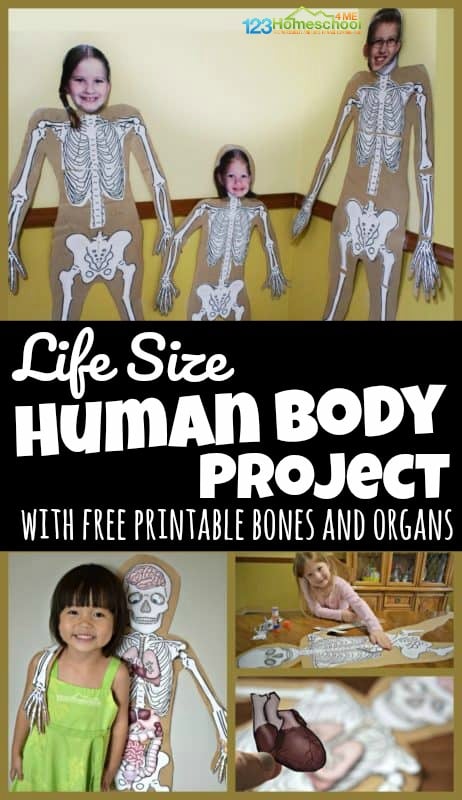
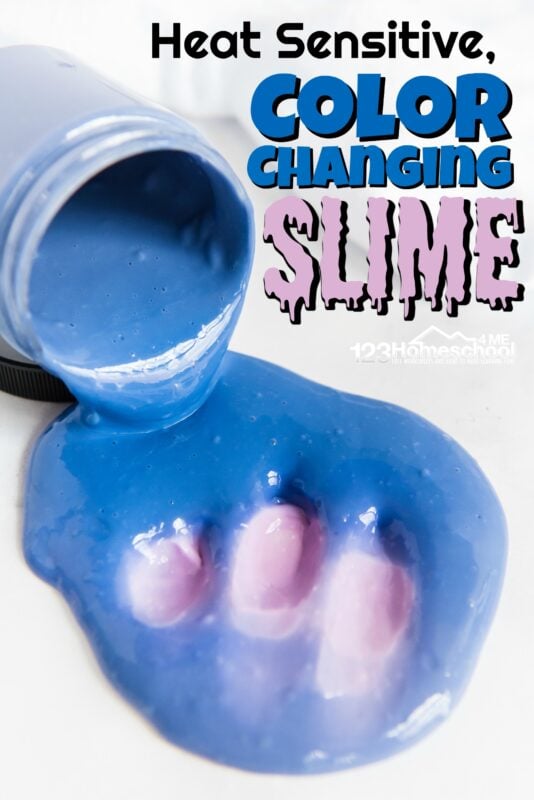
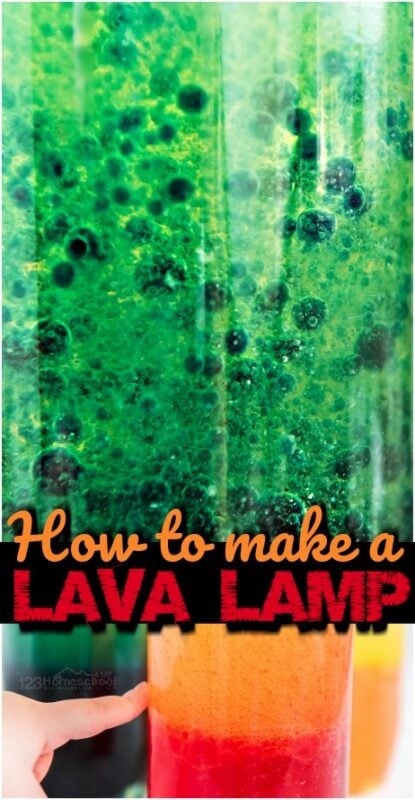
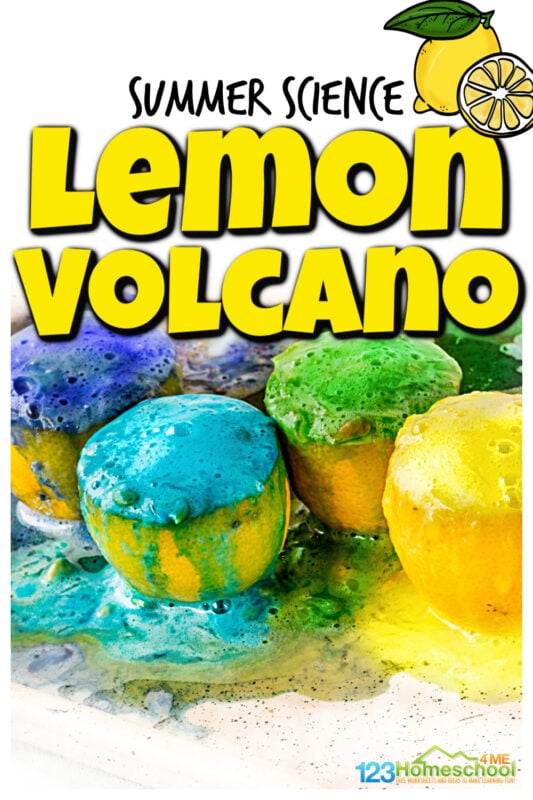

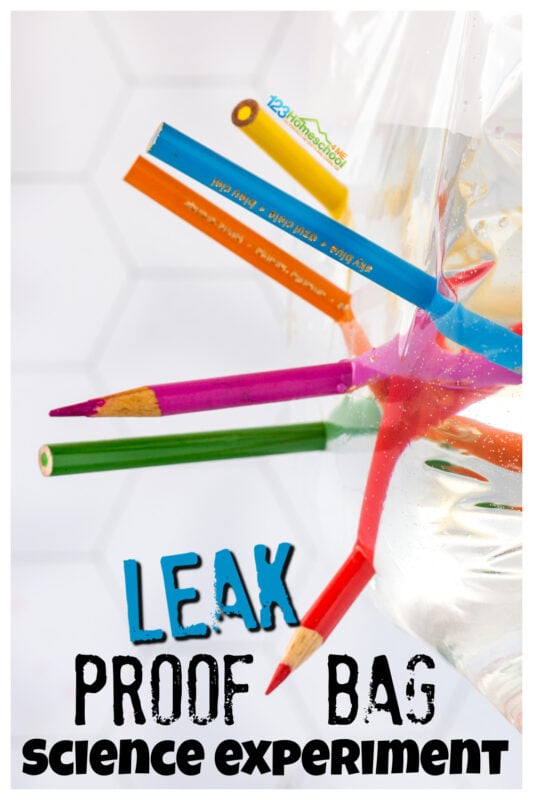
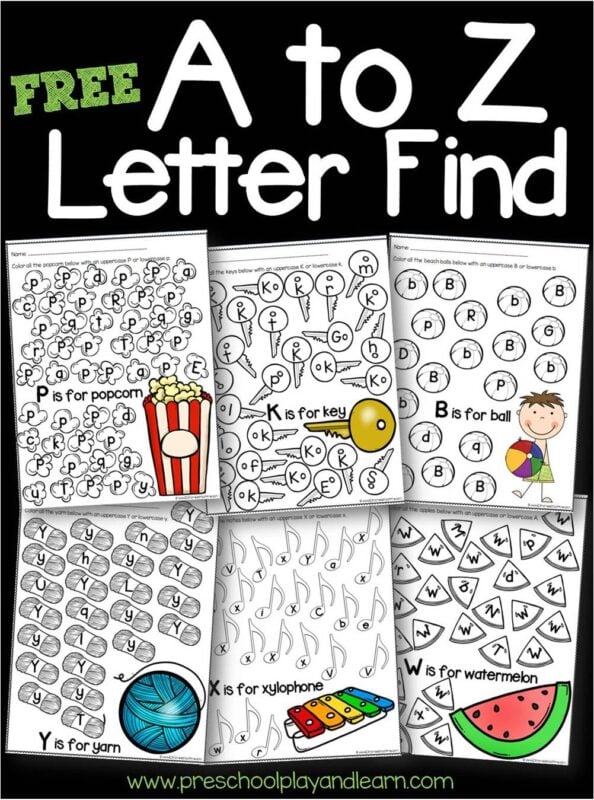
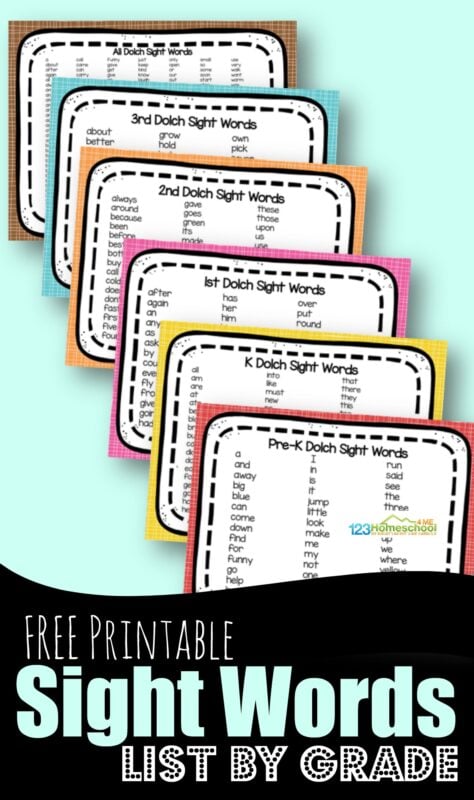





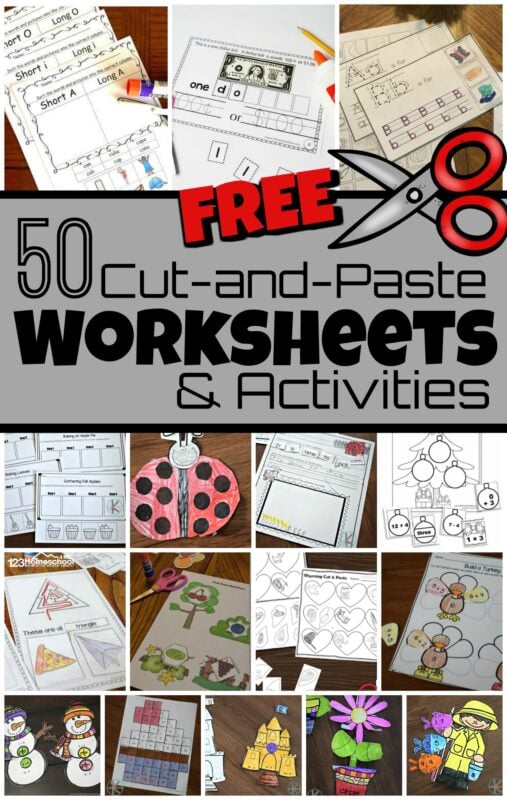







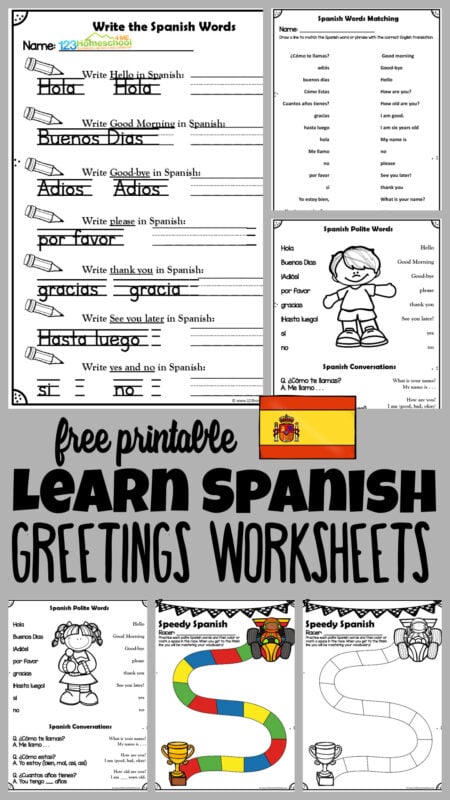




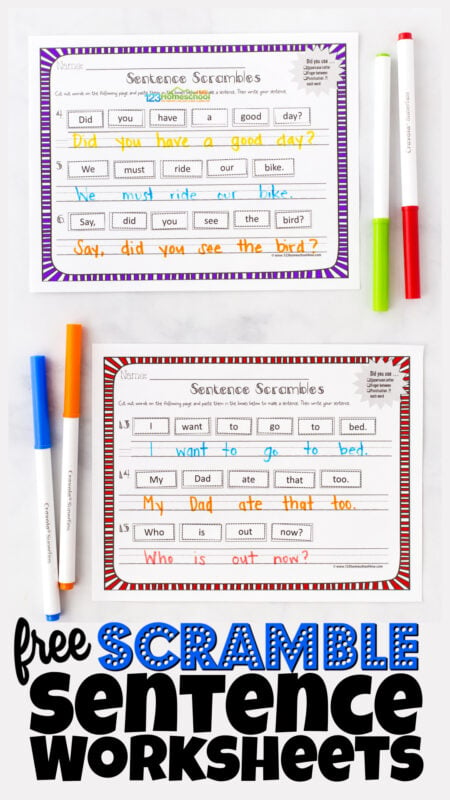



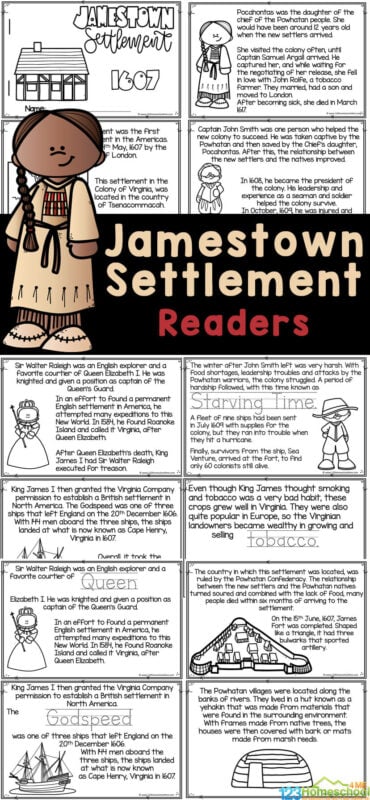




Leave a Reply